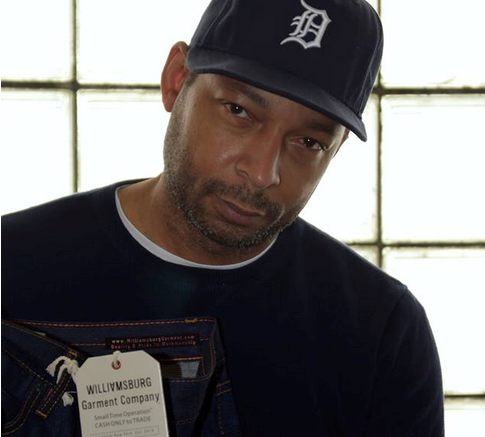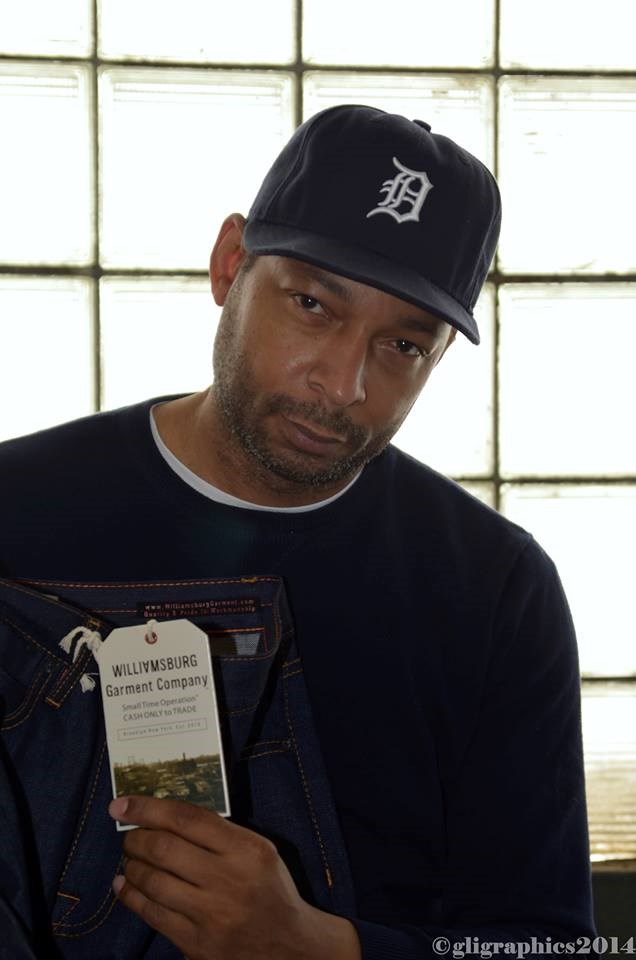 If a man went into a coma while living in Detroit during the mid-80s, woke up in New York City in the late-90s, promptly got hit in the head with a bottle of champagne at a Puffy party, fell back in a Moet-induced coma and then woke up again in Williamsburg circa 2012, each time that man would encounter various iterations of fashion designer Maurice Malone.
If a man went into a coma while living in Detroit during the mid-80s, woke up in New York City in the late-90s, promptly got hit in the head with a bottle of champagne at a Puffy party, fell back in a Moet-induced coma and then woke up again in Williamsburg circa 2012, each time that man would encounter various iterations of fashion designer Maurice Malone.
Most who know his name remember him as a designing icon of the 90s and early 2000s. His denim wear at one point reigned supreme amongst urban gear, urban culture and Jeans For Yo A**. The story goes off into finely tailored men's suits, with an intelligent cut and sartorial touches, that was promptly embraced by the CFDA, with a nomination for the prestigious Perry Ellis Designer of The Year award.
But that was then. This is now. The players have changed. And so has the game. But the amazing thing about Malone is his ability to keep moving, even without the ball, refusing to internalize negative experiences, all the while remaining steadfast in his belief that he's one of the best to ever design denim.
You may or may not know the back story that begins in Detroit and then comes to New York and turns into big business. There's also chapters about bad decisions, bad business and bad bitches, which naturally included his own record label to unite all that badassness.
He's learned a lot from the experience. And this time, with his newest clothing label, Williamsburg Garment Company, he's keeping it simple. He's keeping it streamlined, efficient and creative and definitely price strategic. And as of 2014, it's Made In America.
We talked over a meal in the back room of Dokebi, a Korean restaurant on Grand St. in Williamsburg, and these are some of the things he shared:
ABOUT THE BRAND'S NAME
Williamsburg Garment Company: It was suggested that he use that name in 2010 by contestant in a design contest called "The CFDA and Vogue Fashion Fund," which he also entered with his brand Fat Mattresses, which was under the Williamsburg Garment Company.
At the contest, during one of the classes that prepares contestants for interviews and design critiques, another designer in the contest asked Maurice why he chose Fat Mattresses instead of Williamsburg Garment Company, which he felt sounded cooler .
Malone thought about it. From the time he moved from Detroit to NYC nearly twenty years ago, the only place he'd ever live was in Williasmburg. He'd witnessed the transformation of the neighborhood from outpost to hotspot, informing the way he designed the collection of denim.
The neighborhood has real meaning to him. Even the jeans are named after different streets in the neighborhood. So when it was time to launch his brand, he changed over to WGC.
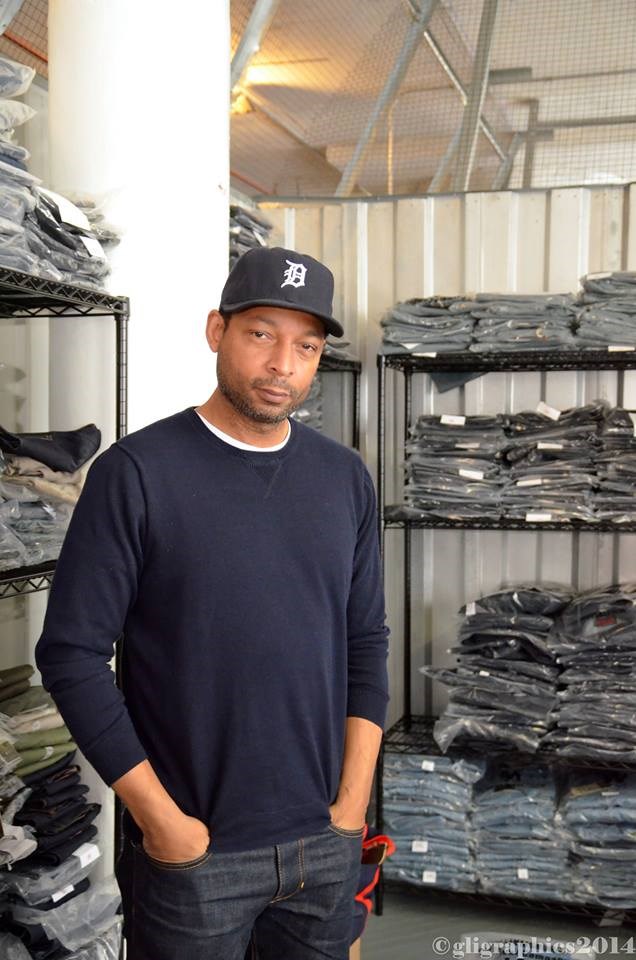
STARTING A NEW BRAND
He simply decided to take his own advice. He had been consulting younger designers and brands on design and manufacturing-- especially for production in China-- and was also telling them how to effectively do a denim line. So after Fat Mattress ended and after the implosion of other situations, he decided the time was right to fill the void of high-quality, raw denim jeans at the best prices imaginable.
Maurice re-calibrated his thinking and told himself to stop trying to look for lots of money from investors and just start the company small. He began with just a couple of pieces of what he could afford and concentrated on a smaller selection of product to bring to market. He just needed to get back on the stage.
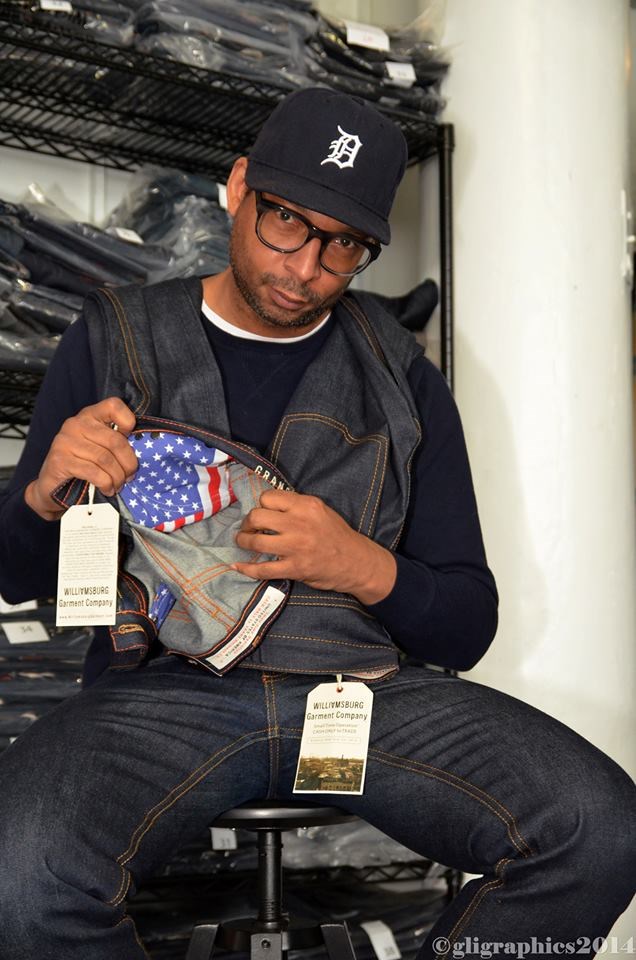
DEVISING A RETAIL STRATEGY
He thought that the best strategy to make a dent in the market was to keep his prices low, while still delivering a quality pair of denim pants. So he revamped the traditional retail model, had the markup raised to 3.3 times wholesale, giving retailers an extremely generous profit margin.
This is what comes to mind when the term "no-brainer" gets tossed around. He was supplying high quality, raw denim, with clean design and smart touches and doing it at a third of the price of competitors, so now he had the attention of retailers.
He's able to do that because the retail strategy goes along with his company structure, where Maurice keeps it a small-time operation. In fact, he has "a small time operation" as a slogan for the company (it's written on his hangtags). And in that vein, he's the marketing person, web designer as well as the salesperson.
His highly selective retail strategy means you won't catch the brand in an over abundance of stores. He also does the SEO for the brand and became so proficient with SEO, that if you type "raw denim" into Google, his name and images are on the first page, which gives the perception that his brand is actually bigger, when in fact it's a "Small Time Operation".
Williamsburg Garment Company is also a brand that works with upfront payment because its smaller wholesale margins don't allow for any other terms besides cash-in-hand, as opposed to the industry standard of net 30 days.
It's a tradeoff for the retailer getting all that markup on a pair of crispy, raw denim jeans for 100 bucks!
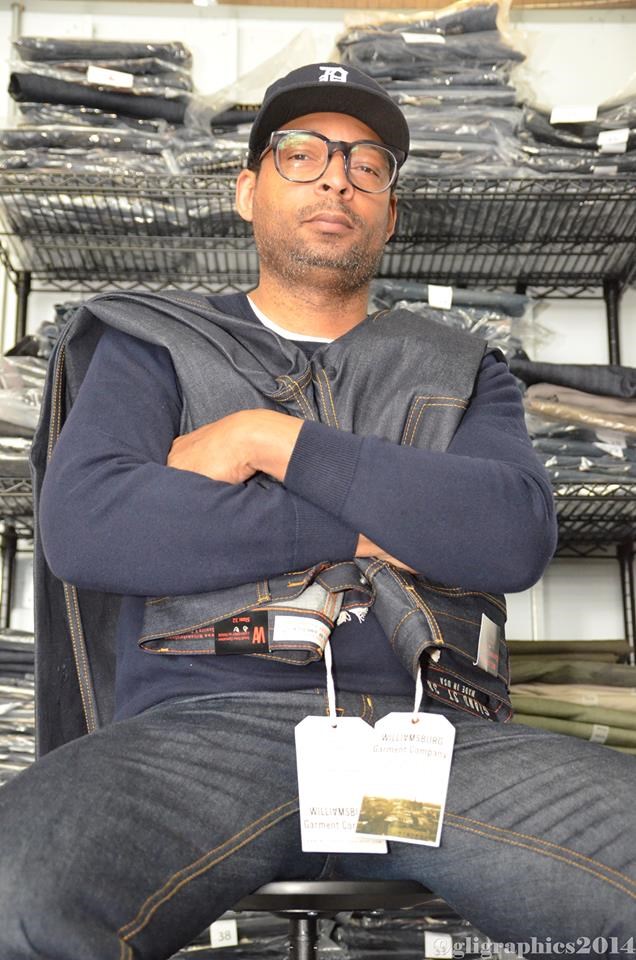
CREATING A DEMAND
Malone plans to grow the line slower than most brands, keeping the control level in his hand and doing most things himself, for as long as possible. In order to grow it and make it into a bigger brand, he has to keep WGC small enough to support organic growth and do it long enough to get bank financing and infuse capital more on his terms as opposed to investors who might constantly clamor for more revenue.
Part of that plan is to keep his products a little under demand. By never quite satisfying the clamor for his product and making sure the foundation is right. And that the brand is only in the stores he highly desires.
Mr. Malone doesn't get caught in the trap of selling his brand everywhere, because he doesn't have to keep feeding the machine of investors, backers and partners who want the inventory moving at a high volume level.
His website business accounts for a substantial part of his overall business and the demand for Williamsburg Garment Company's denim has grown to the point where he's taking pre-orders from customers and delivering the jeans when they arrive from the manufacturer.
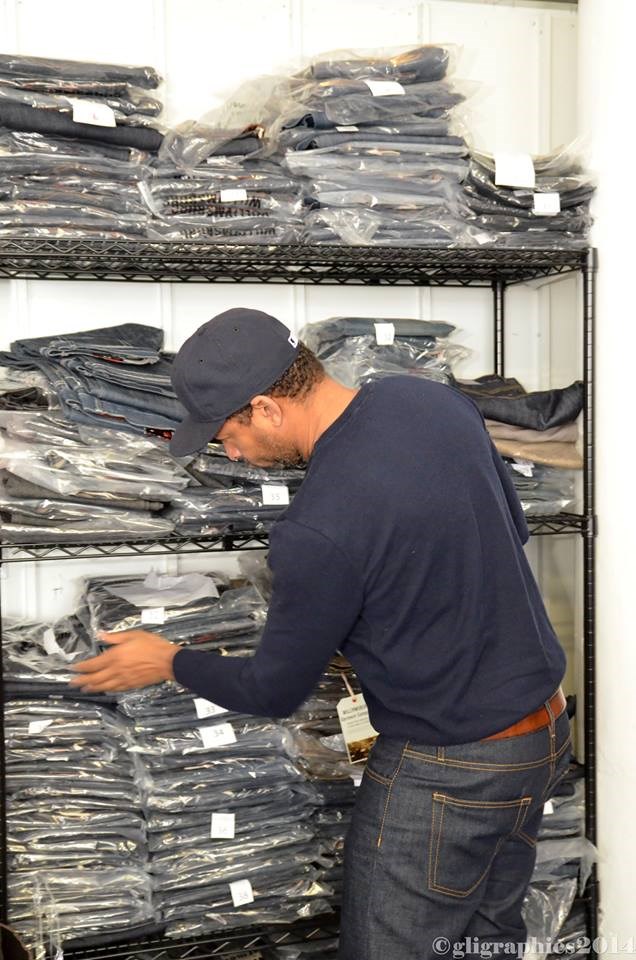
COMPARING BRANDS
Maurice sees the Williamsburg Garment Company brand as a newer and cooler Levis and says if he had to have his clothes between any other two denim brands, in a retail store, it would be Levis and APC. Levis for the heritage and APC for the clean lines and quality.
Lots to look forward to, WGC, and it will be interesting to see where Maurice Malone takes it.
For more on WGC, check out the website Williamburg Garment Company, and look out for the online denim magazine launching soon.

